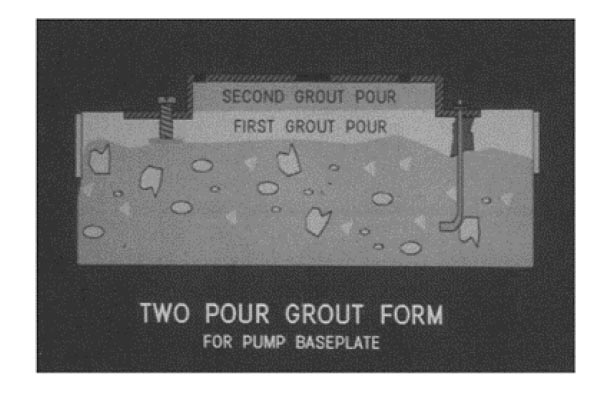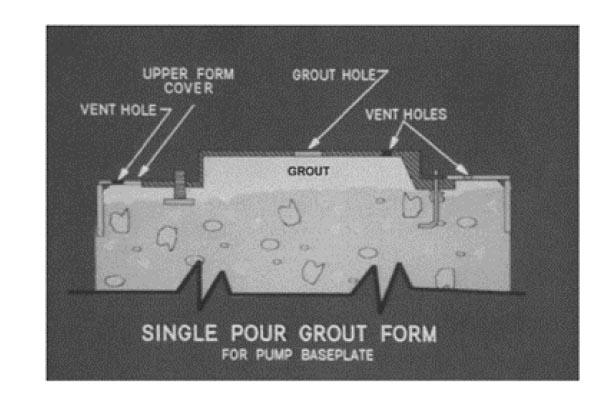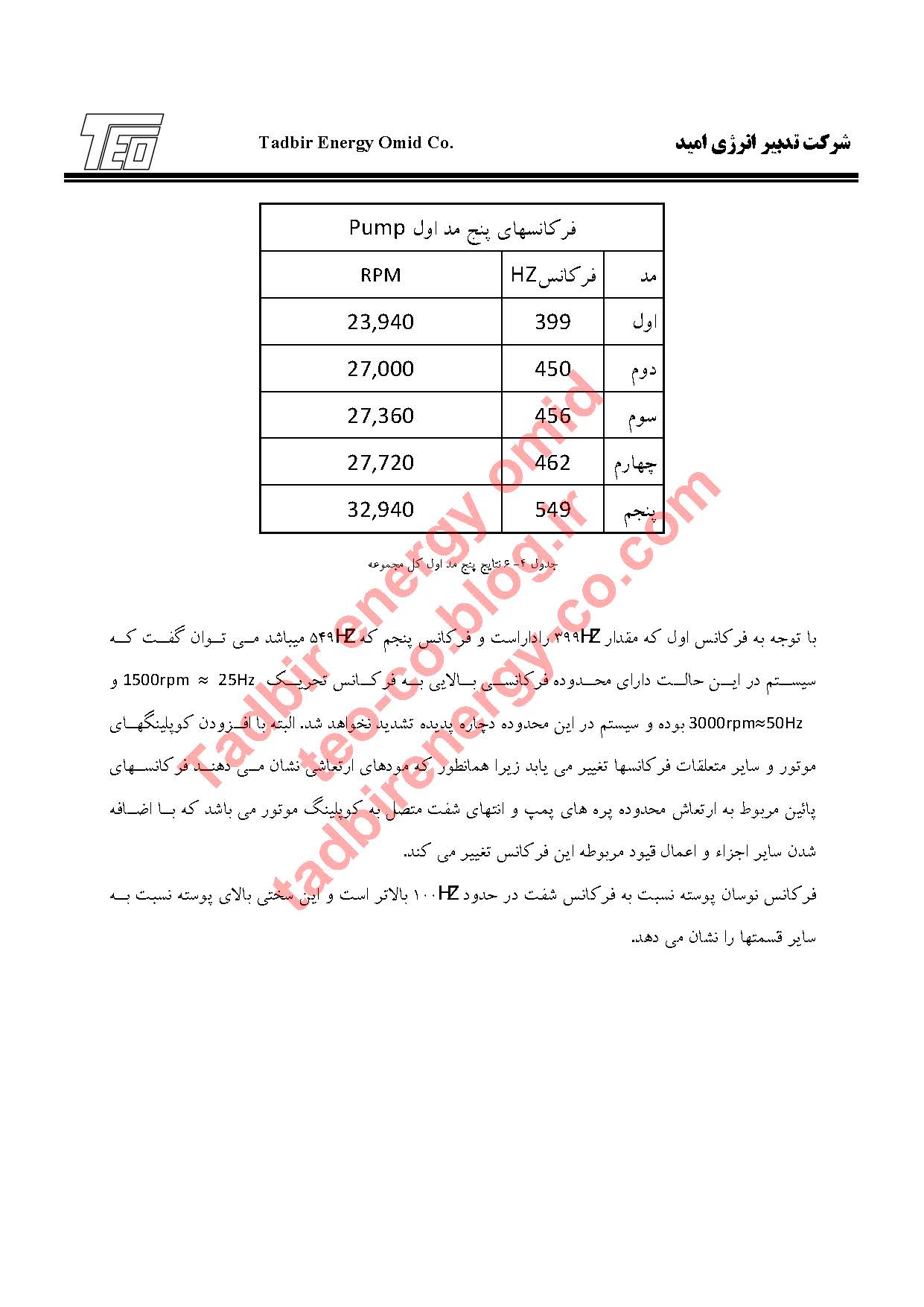Reliability Optimization through Component Condition and Root Cause Analysis
Forsthoffer's Rotating Equipment Handbooks Vol 5: Reliability Optimization through Component Condition and Root Cause Analysis
همانگونه که در مطلب هزینه چرخه عمر پمپ و مبحث آشنایی با استاندارد API610 نیز ذکر شده بود یکی از با اهمیت ترین مباحث در خصوص تجهیزات دوار، اطمینان پذیری آنها در فرآیندها می باشد.
باید توجه داشت که بحث قابلیت اطمینان تجهیزات از ابتدای مراحل طراحی تاسیسات و خرید تجهیزات شروع می شود که این موضوع می بایست از ابتدا در تهیه مشخصات خرید دستگاه لحاظ گردد.
با توجه به اهمیت موضوع فوق در صنایع به خصوص صنایع نفت و گاز پتروشیمی از امروز هر هفته یک بخش از کتاب فوق که از انتشارات Elsevier Science & Technology Books می باشد برای علاقه مندان به اشتراک گذاشته می شود.
تاریخ به اشتراک گذاری بخش بعد 17-9-94 می باشد.
1 - Reliability overview, Pages 1-11
Download link:
![]() Section 1- Reliability overview
Section 1- Reliability overview
حجم: 717 کیلوبایت








